The scientifically correct term to describe cellulite is "edematous-fibro-sclerotic dermo-hypodermo panniculopathy" (PEFS): this scientifically approved name allows to distinguish this skin pathology from inflammatory-infectious cellulite.

Today, the so-called cellulite represents a problem that is anything but negligible, both for its incidence and for the repercussions on the psychological condition of those affected. The imperfections related to it are mainly localized at the level of the buttocks, thighs and root of the limbs and shoulders, with the skin which consequently takes on a taut and granulomatous appearance.
What predisposes the formation of cellulite?
Cellulite develops in a constitutional substrate linked to a series of predisposing factors: familiarity, small imbalances of the endocrine glands, drug treatments, predisposition to venous and lymphatic circulatory disorders of the lower limbs, functional alterations of the spine, vitiated musculoskeletal attitudes, digestive disorders (in especially constipation), stress, sedentary lifestyle and poor diet.
In addition to the aforementioned predisposing factors, there are also important triggers in the development of cellulite:
- Puberty;
- Menopause;
- Pregnancy;
- Taking estrogen progestins;
- Reduced venous return;
- Reduced lymphatic clearance;
- Lifestyle.
Physiopathological and Aesthetic Manifestations of Cellulite
The consequence of the fatty infiltration and lymphatic stasis is the famous "orange peel" skin (dilated hair follicles from where small close horny plugs emerge), with a sensation of padding, adhesion and pressing of the skin.
Furthermore, cellulite leads to the onset of aesthetic malformations, swelling, lumpiness and painful compression of the sensory nerves.
and the use of appropriate cosmetics, as well as a therapeutic treatment (mesotherapy, iontophoresis, laser therapy) which is associated with the use of phytotherapeutic preparations.
The use of phytotherapy in the treatment of cellulite includes the intake of draining and diuretic herbal teas, the topical use of plant-based ointments and creams capable of acting at the microcirculation level, but also the intake of capsules capable of also act at the level of circulation.
Centella contains several active ingredients, such as:
- Asiaticoside and Madecassicoside, which represent the glucosidic fraction: both of these compounds possess anti-inflammatory activity; moreover, asiaticoside promotes wound healing;
- 30% Asian and 30% Madecassic acids, acid fraction;
- Amino acids: lysine, glutamic acid, phenylalanine, alanine, serine and aspartic acid;
- quercetin: the flavonoid that reduces capillary fragility;
- Fatty acids, camphor and cineole.
The gotu kola is indicated not only for cellulite, but also for the treatment of phlebopathies, venous and decubitus insufficiency, varicose veins and hemorrhoids. Centella leads to an increase in the elasticity of the veins and a reduction in the dilatation capacity, but it also has a marked action on the microcirculation: not surprisingly, the intake of capsules or capsules, containing even the very fine powder of the leaves, has proven effective in the treatment of cellulite.
As for the side effects and contraindications of this natural remedy against cellulite, several clinical studies report that centella is well tolerated, both after oral administration and after administration in the form of a cream; however, it can cause heartburn and allergic contact dermatitis after topical application, and gastric pain and nausea after oral administration. Continue: Herbal teas against cellulite "

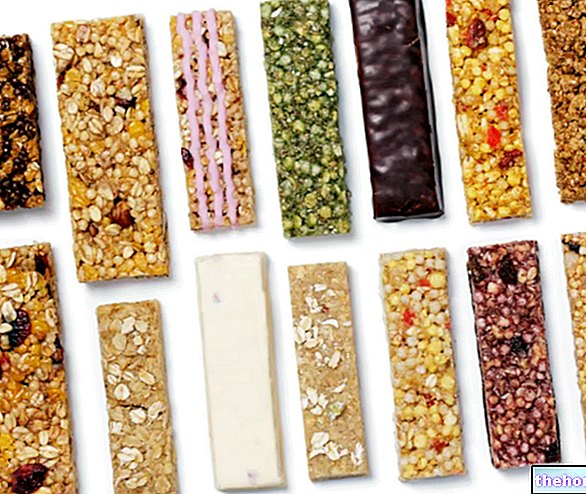
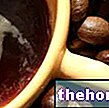
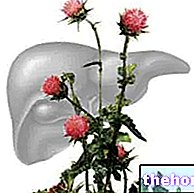
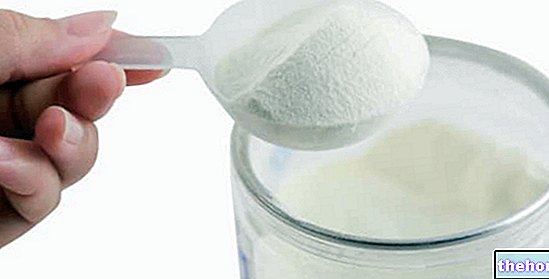
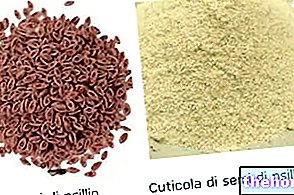










.jpg)











